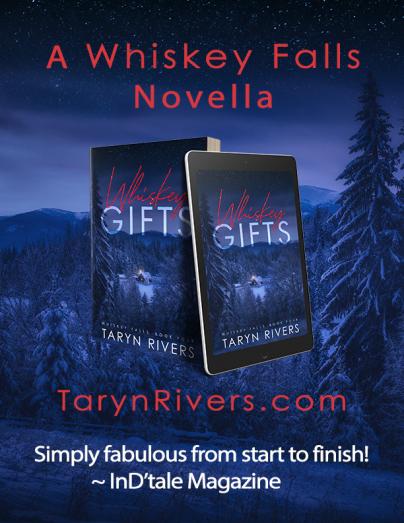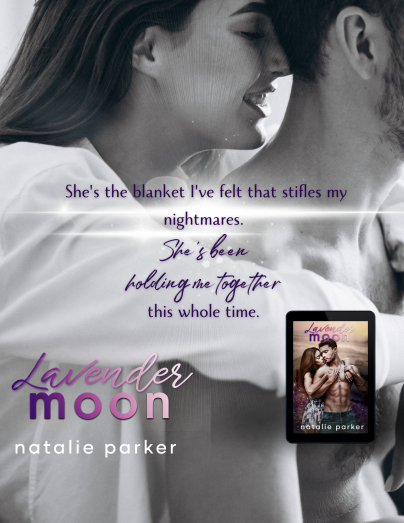News & reviews for the fiction lover in us all!
The End!...Or Is It? HEA, HFN or Full Stop Writing

Remember when we read books that wrapped up and had happy endings? When the words THE END actually meant it was over. Done. Finished. Ahhh, the good old days. Even if it was a series, like Nancy Drew and the Hardy Boys, or even C.S. Lewis' Narnia Chronicles...each book had a beginning, middle and end. Period.
Characters continued throughout the stories, sometimes aging, sometimes not, but every book guaranteed not only that it would end, but end happily. And the large number of standalones, like nearly every Michael Crichton book ever, with every book ending the story with the hero triumphing and the bad guys losing, was the norm.
Readers want a conclusion at the end of the story. That's an HEA. A Happily Ever After. Good guys win, bad guys lose, hero gets the girl. All that. Whether a standalone, or a series with the same characters but different story, a Happily Ever After stops that plotline.
But, but, Nancy Drew just kept finding things to investigate—how can that be a HEA? Easy, because each story was completely self-contained. She didn't investigate anything over the course of three, four, five books. Neither did the original Sherlock Holmes.
Think about it this way, using one of my favorite TV series, “NCIS.” Each week there is a new episode involving a new murder. Gibbs has new reasons to hit DiNozzo's head, Ducky has more opportunities to wax poetic on some new topic, but by the end of the episode, the murder’s all solved, done, finished. (No, not every episode, bear with me, it'll all make sense.)
So, if you're writing a continuing series (Nancy Drew, Narnia, Sherlock) with the same characters but different plots, each book better end with a HEA. Does it matter that the characters will get into some new trouble in the next book? No. That one story, one plotline, one arc is done in one book. Therefore, one plotline in one book equals a Happily Ever After ending.
An HFN means Happy For Now. In books, this means that the main plotline, story, arc is NOT done by the end of the book. While some issues may be solved, and things may be paused in the action, the overall reason the story exists is not done. The bad guys haven't been punished, the hero hasn't won, nothing is settled definitively. BUT, the main characters are together.
There is a moment of breathing room in the story's action. Using a movie trilogy—by the end of the original “Star Wars,” Vader still lives, so does the Emperor and the Empire. What makes it an HFN is that you KNOW it isn't over, but everyone is alive, celebrating, being awarded medals for bravery.
The main characters are all together, can take a breather, and are Happy. For Now.
Read the entire article in the July/August 2019 issue of InD'Tale magazine.
Subscriptions are free!
You can just click on the magazine image on the left hand side of our home page to open and enjoy!
OR
If you would like to receive the magazine every month (for FREE!) , just sign up on our home page. Once you do, an e-mail validation notice will be sent directly to you. Just open and click the link and you're in - forever! Each month the magazine will be delivered directly to your inbox to downlad and read!



